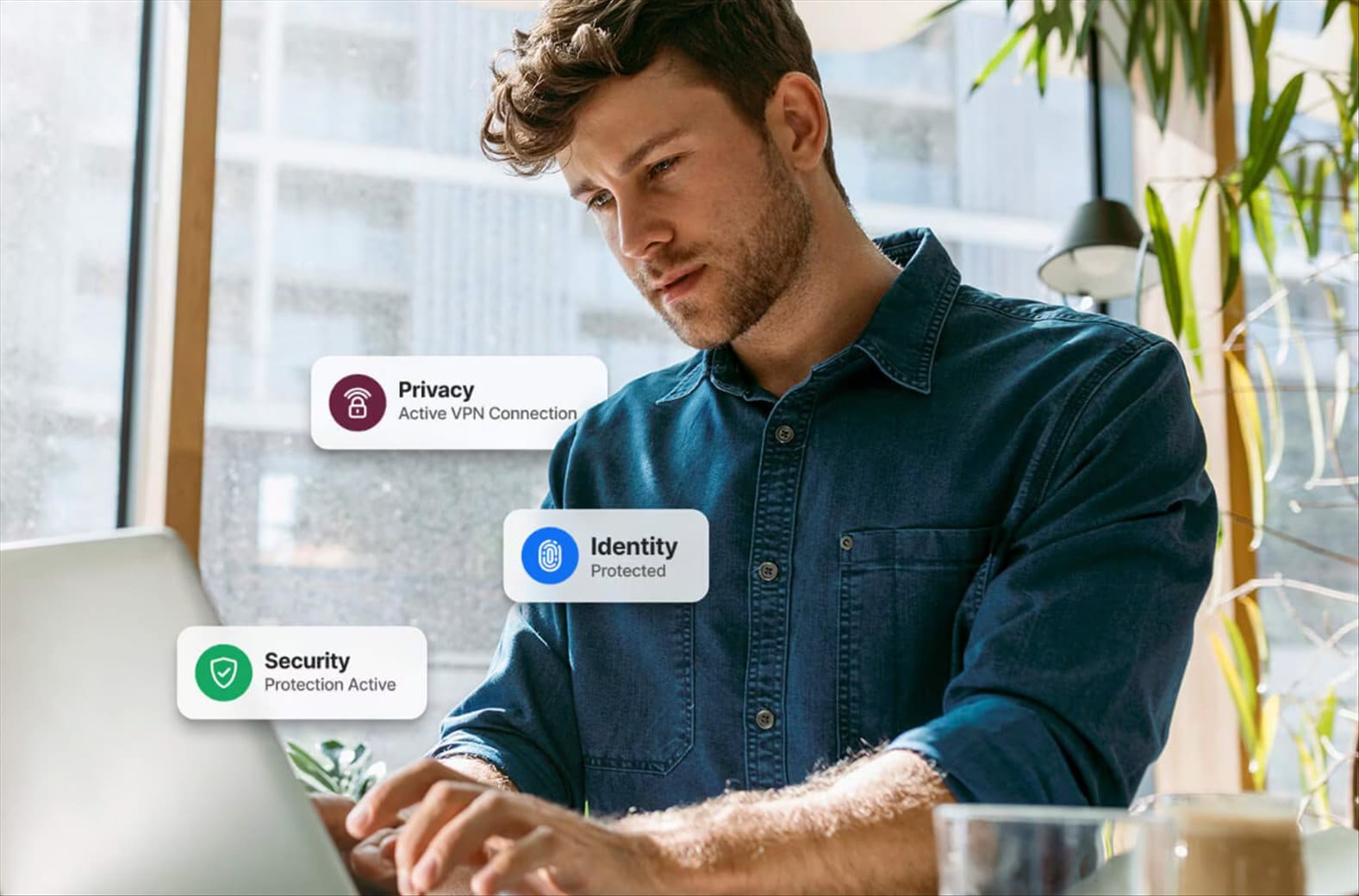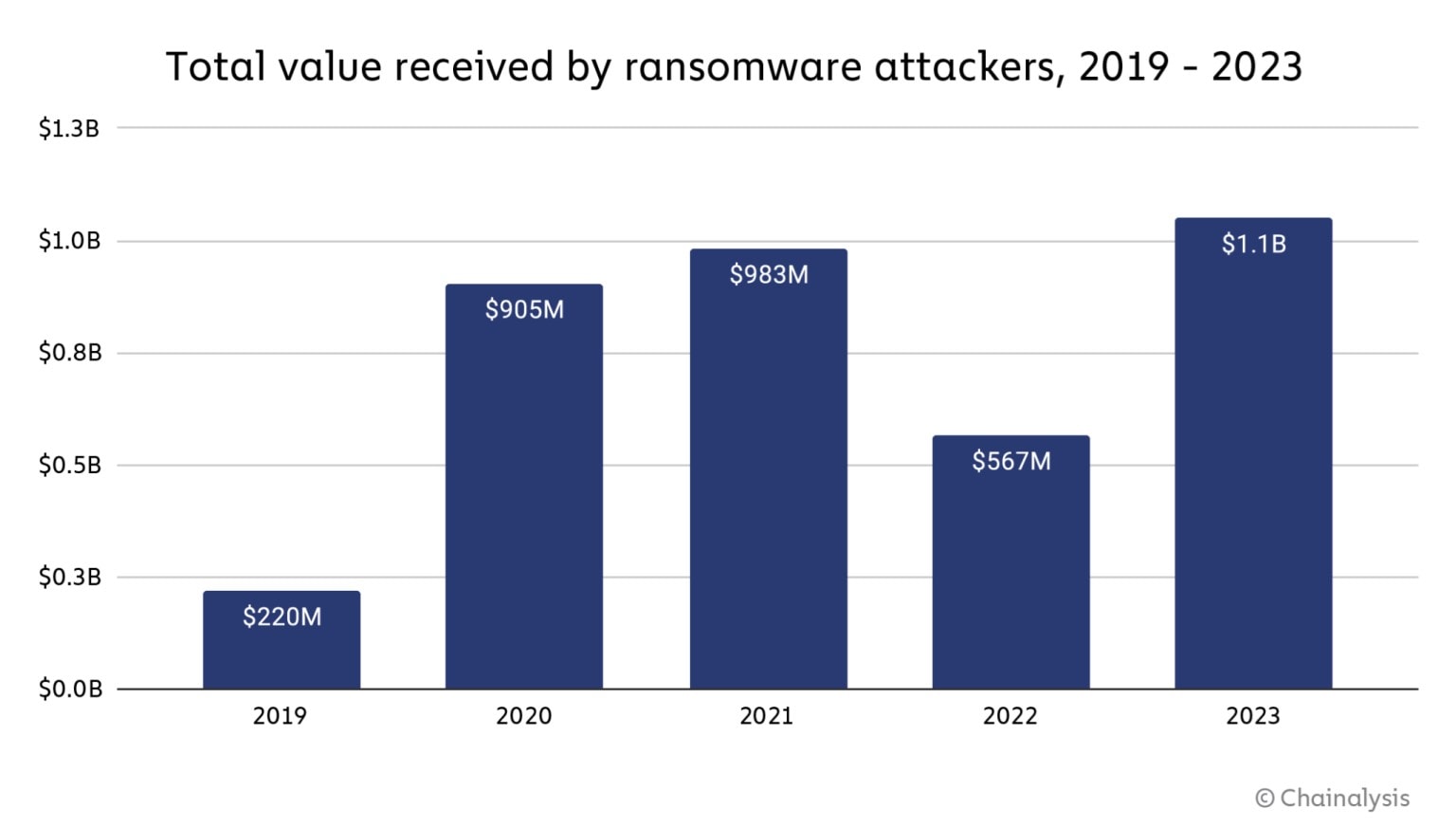
Note: This is a guest post written by Julia Sowells
It’s a cat and mouse game between cyber security experts and cyber criminals.
While the security guys endeavor to protect users and information, the criminals threaten to compromise data security using different innovative methods. It all seems to be part of a never-ending cat n’ mouse game!
Ours is the age of digital connectivity; we are now on to automating all processes in the business world. Hence, as security guys keep on safeguarding users and data using encryption tools, security risks also go on increasing. Thus, the security industry now focuses on building cyber security into applications and the devices that are interconnected. In addition to the basic encryption tools, lots of other security features and tools are now used to ensure comprehensive security.
Let’s here discuss some emerging technologies that would help secure information systems from hackers in a very effective manner:
Cloud technology to have a great impact!
Cloud technology is making a big change in the realm of information security. In fact, the cloud is impacting systems security technology in a very significant manner. Business enterprises and government agencies are now embracing cloud technology in a widespread manner; they use the cloud to store vast amounts of data on a day-to-day basis.
The future looks bright as regards the employment of cloud technology in information security. Experts believe that techniques for on-premise data storage would end up being migrated to the cloud. Many components, including virtualised intrusion detection and prevention systems, virtualised firewalls, etc would be used from the cloud.
Development of user hardware authentication
Security experts, in a bid to come up with more secure authentication methods, have now focused on the development of user hardware authentication. This kind of a development has become relevant as hackers now find it easy to get access to information systems and sensitive data of business/government organizations by cracking weak usernames/passwords created by data users.

Security guys have hence developed a solution in the user authentication process with a new Core vPro processor belonging to the sixth generation of processors. This processor can combine different hardware components with enhanced factors simultaneously for the purpose of user identity validation.
It’s to be noted that such enhanced hardware authentication methods are needed when it comes to securing IoT devices, wherein any device could prove vulnerable at any point in time.
Deep learning is really relevant
Deep learning has its own relevance in cyber security. There are technologies, like AI (Artificial Intelligence) and machine learning, that are encompassed in deep learning. Such technologies have a great role to play in cyber security. To be noted is the point that deep learning focuses on anomalous behavior.
Hence when we feed machine learning systems and AI systems with the right data regarding security threats, these systems end up making decisions as regards preventing hacks, depending on their immediate environment. These systems would scrutinize entities having access to the information system and analyzes different entities found in an enterprise at the macro level as well as the micro level.
This helps an organization to block, using machine learning or AI, any persistent or advanced cyber threat.
A conclusion….
To conclude, it’s to be specifically mentioned that such new technologies are to be used with the existing security fundamentals (like, for example, the encryption tools) to ensure that all information remains secure, in all respects.
Note: This guest post was written by Julia Sowells, who is a security geek with almost 5+ years of experience, writes on various topics pertaining to network security. You can reach her on Twitter @juliasowells






